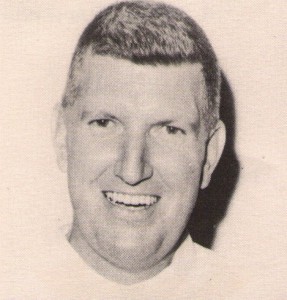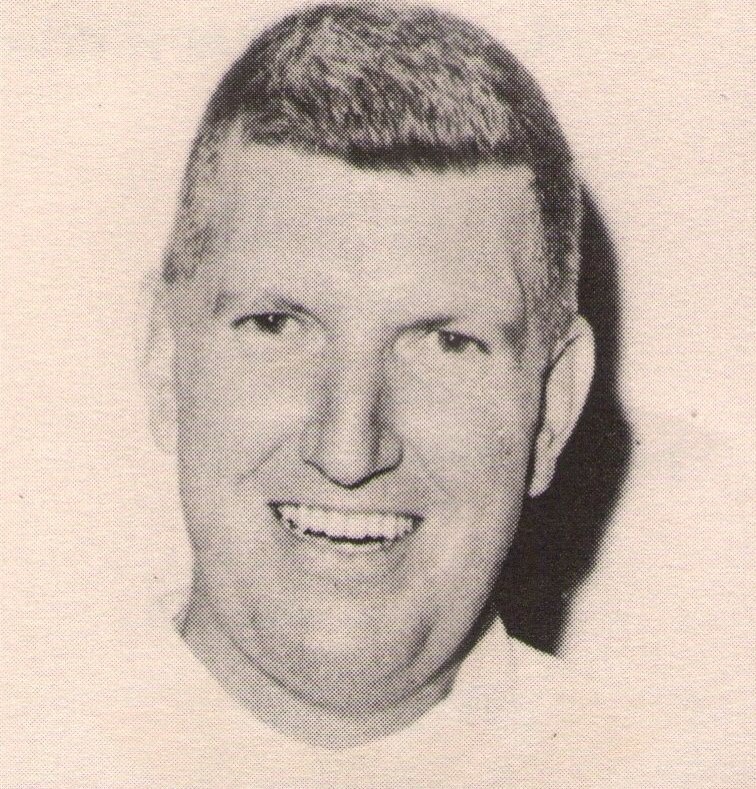
OBikoliana: A Way of Giving Back by Greg S. Castilla
It’s no small task when you decide to amplify the advocacy of a man to make it inviting and relevant today.
The man I am referring to is Fr. James O’Brien, SJ, who taught hundreds of youths at the Ateneo de Naga and pioneered the teaching of Bikol history and culture. His primary advocacy was to inculcate in his students the supreme value of loving the Bikol culture. Since his assignment at the Ateneo de Naga as a young Jesuit scholastic in the ‘50s, this had always been his advocacy.
Today, as the members of the Ateneo de Naga High School Batch of 1966 prepare to celebrate their Golden Jubilee in 2016, they decided to make the “legacy of Fr. OB ever alive,” as Nicol Miraflores, a member of Batch ’66 based in New York, put it.
Concretely, Batch ’66 has committed to Ateneo de Naga University to financially support the setting up of what the former calls “OBikoliana.”
OBikoliana is derived from three words: OB, Fr. O’Brien’s moniker; Bicol, the geographical place; and ‘aniana’ whose etymology in Spanish translates to “selected items of information” (Wikipedia).
It was coined by veteran media personality Ernie Verdadero, himself a member of Batch ’66.
Legacy has always been a concern of many people. There comes a time in one’s life that one faces one’s mortality and the thought of how one will be remembered predominantly takes over the human psychic. Fifty-years after their high school graduation, Batch ’66 finds itself in the same mindset. It wants to leave a legacy to their Alma Mater.
But apart from just being remembered, it is the intent of Batch ’66 to say Thank You to their Alma Mater. It might be 50 years late, but it is from the heart. They also want to give something back for everything that Ateneo de Naga has done for them. And what is more appropriate than to leave a legacy that is alive and relevant, and will not wither after a good start, as Joaquin Centenera, another Batch ’66 member from Australia, commented.
As if on cue, but short of being providential, OBikoliana was conceived at the book launch of The Jesuit Safari: Essays and Interviews on Fr. James O’Brien, SJ last September at the Ateneo de Naga James O’Brien Library. Edna San Buenaventura, the university librarian, gave Ernie Verdadero, Greg Castilla, and Tito Valiente a tour of the library and showed them a room where there is a huge portrait of Fr. OB. Tito Valiente, Director of Ateneo’s Institute of History and Culture, raised the possible project of having the room be the repository of Bikol books and other related materials on Bikol history and culture. He added that it was also a good way to perpetuate the legacy of the legendary Fr. OB.
Ernie and Greg found the idea very timely and doable. It would not require millions of pesos. They brought the matter to their Naga-based batchmates in a meeting and the group unanimously approved the idea.
In a subsequent meeting with Fr. Jun Viray, AdeNU president, that was attended by Tito Valiente, Boy Claro, Ernie Verdadero, and Greg Castilla, the steps that needed to be taken to get the project off the ground were discussed. With all sides in agreement, OBikoliana officially received its imprimatur.
Thus, OBikoliana was born.
OBikoliana is similar to Filipiniana in some ways. But the major difference is that OBikoliana will strive to reinforce the connection between the Ateneo and the community by attracting students from Ateneo and other schools, community cultural workers, scholars and researchers to use OBkoliana as an educational resource.
But this is just the beginning. Informal talks of how to maximize the potentials of OBikoliana beyond 2016 continue.
Explained Romy Poloyapoy a batchmate from Texas, “Maliwanag an pagtubod ko na kaipuhan magtalubo an project na ini para makadagdag sa pagkaintindi ta kan mga bagay-bagay na Bikolnon.”
Bikol culture is presently enjoying a mini renaissance of sorts as Bikol books are continually being published, English books translated into Bikol, music composers penning Bikol songs, local authors writing in the dialect, and just recently the Ateneo de Naga University Press launched Guide to Bikol Orthogprahy by Fr. Wilmer Tria.
The week following the Penafrancia Fiesta in 2016 will begin another chapter in the ongoing renaissance of the Bikol culture as OBikoliana will be formally inaugurated.
Is it really no small task to amplify the advocacy of a man to make it inviting and relevant today?
Yes, it is no small task. But Batch ’66 has taken the first step and is ready to take OBikoliana to greater heights.











Leave a Reply